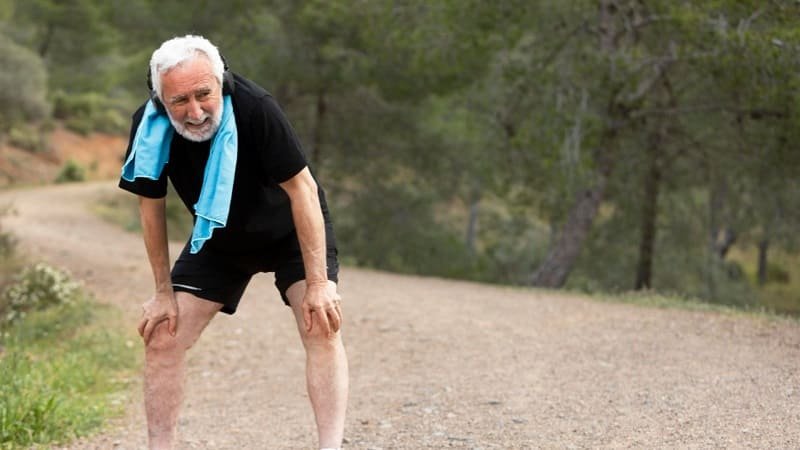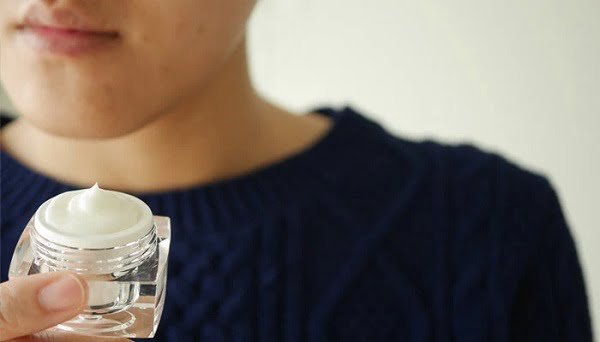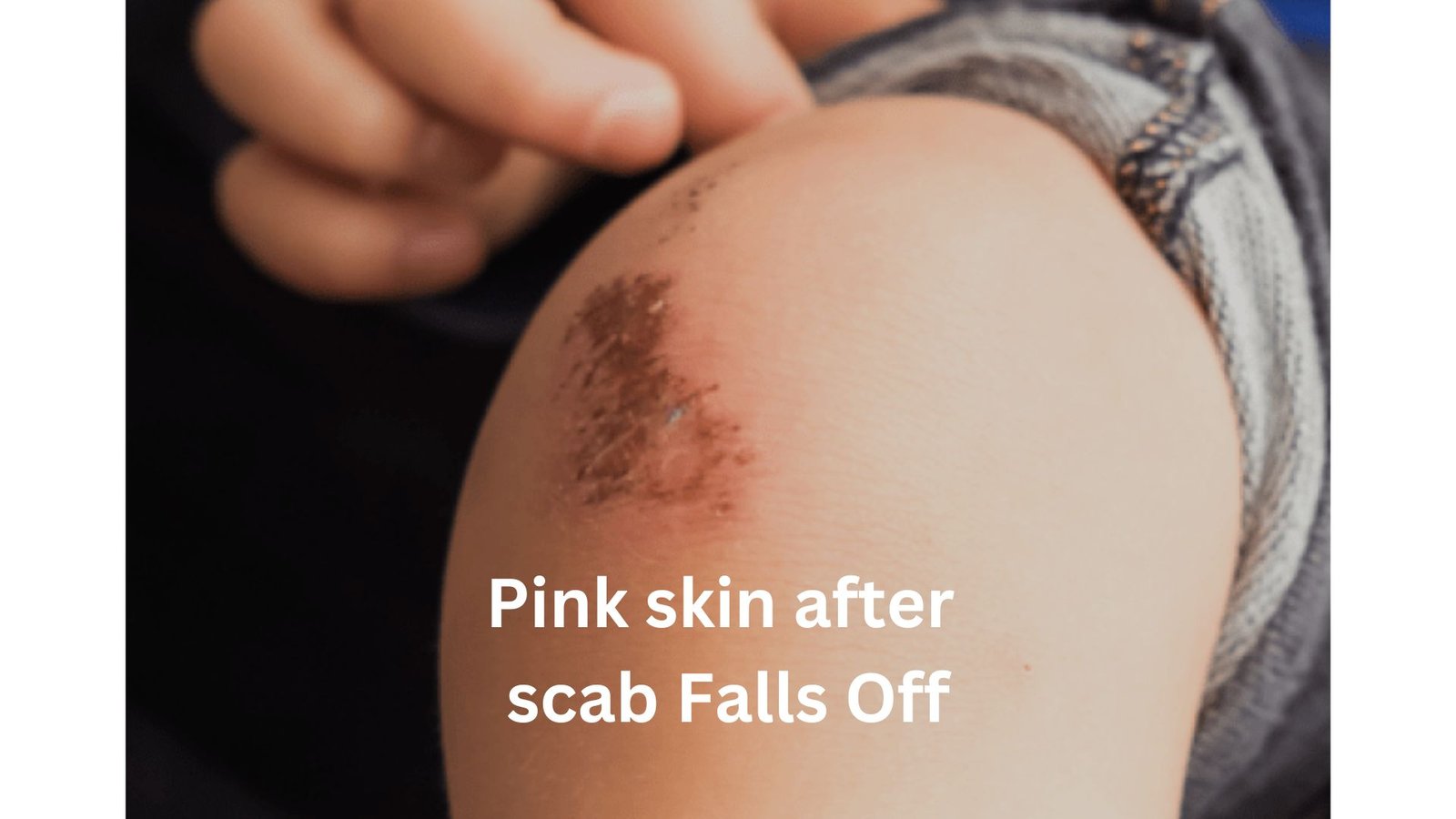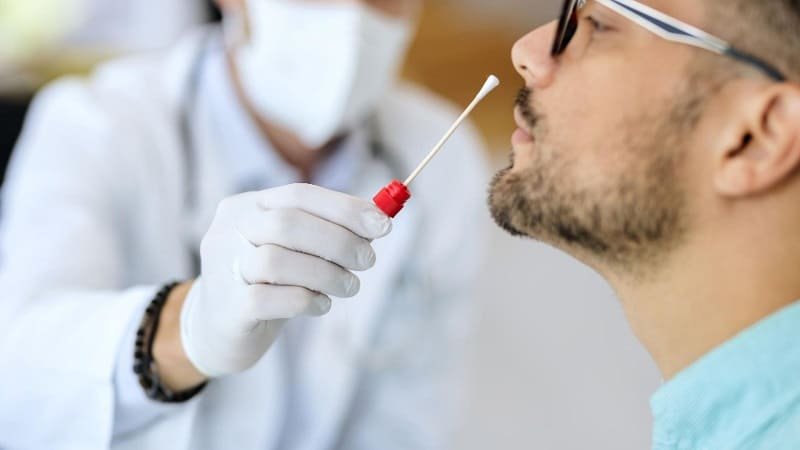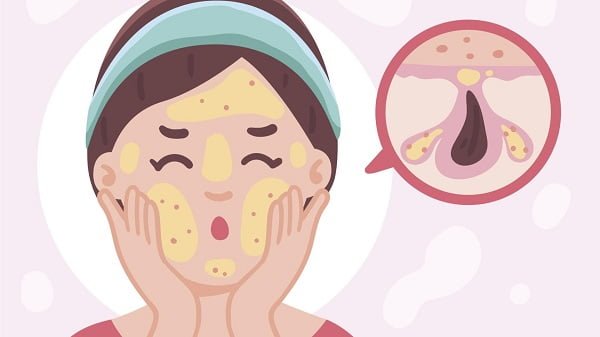Introduction
As the golden years unfold, many individuals find themselves grappling with the common yet formidable challenge of aches and pains associated with aging. This article delves into an exhaustive exploration of diverse and practical approaches aimed not only at alleviating existing discomfort but also preventing the onset of old age-related aches and pains. Through a holistic lens, we will navigate through a range of strategies to ensure a more comfortable and fulfilling aging journey.
1) Stay Active for Pain-Free Aging:
In the pursuit of banishing old age aches and pains, maintaining an active lifestyle emerges as a cornerstone strategy. Incorporate a variety of physical activities into your routine, with a focus on low-impact exercises like walking, swimming, and yoga. These not only promote joint flexibility but also contribute significantly to overall muscle health. Related to this We have got a topic Covered “How to be Healthy in Old Age” Check it out.
2) Nutrition as a Foundation for Joint Health:
The role of nutrition in managing aches and pains cannot be overstated. Adopting a well-rounded diet that emphasizes anti-inflammatory foods—such as a rainbow of fruits, vegetables, and omega-3 fatty acids—can play a pivotal role in reducing inflammation and providing relief. Don’t forget the importance of staying adequately hydrated, a key factor in maintaining joint lubrication.
3) Posture Matters:
A seemingly simple yet powerful tool in the arsenal against aches and pains is maintaining proper posture. Make conscientious ergonomic adjustments in your daily activities, workspace, and sleeping environment to support good posture. This practice serves as a fundamental step in mitigating unnecessary strain on your back and neck.
4) Comprehensive Exercise Routine:
Moving beyond general physical activity, an effective strategy involves incorporating a comprehensive exercise routine. This should encompass targeted stretching and strength training exercises, focusing on areas prone to stiffness—such as the neck, shoulders, and lower back. This multifaceted approach not only alleviates existing discomfort but also acts as a preventative measure against future issues.
5) Mind-Body Connection:
Recognizing the symbiotic relationship between mental and physical well-being is crucial. Integrate mindfulness techniques into your routine, such as meditation and deep breathing, to effectively manage stress—a known contributor to aches and pains. Cultivating a positive mindset further enhances your body’s resilience against the challenges of aging. Also look for our “Early 60’s Symptoms of Alzheimer” Article .
6) Optimizing Sleep for Pain Relief:
Quality sleep is a linchpin in the body’s ability to repair and rejuvenate. Invest in a comfortable mattress and pillows that promote proper spinal alignment, ensuring a restorative night’s sleep. This foundational approach provides a holistic avenue for combating aches and pains.
7) Exploring Holistic Therapies:
Diversify your pain management toolkit by exploring alternative therapies. Consider incorporating massage, acupuncture, and chiropractic care into your regimen, each offering targeted relief for specific areas of discomfort. Embracing a holistic perspective on pain management adds depth to your approach.
8) Social Connections and Emotional Well-Being:
Acknowledging the impact of social connections on mental and emotional well-being is vital. Actively engage with friends and family as a positive distraction from physical discomfort, fostering a supportive environment that transcends the physical realm.
9) Medical Consultation and Personalized Solutions:
In cases of persistent aches and pains, seeking professional attention is imperative. Consult with healthcare professionals who can provide personalized advice, prescribe appropriate medications, and recommend specific therapies tailored to your unique needs. A customized approach is key to effective and lasting relief.
10) Cultivating a Positive Aging Experience:
The crux of achieving lasting relief from old age aches and pains lies not just in physical strategies but in cultivating a positive outlook on aging. Embrace the aspects of life that bring joy and fulfillment, as a positive mindset becomes a cornerstone in developing a more resilient and pain-tolerant body.
Conclusion :
In conclusion, this comprehensive guide underscores the multifaceted nature of effectively tackling old age aches and pains. By embracing a holistic and personalized approach to overall well-being, individuals can significantly enhance their quality of life and savor the richness of their golden years with vitality and comfort. Remember, the journey towards a pain-free aging experience is a nuanced and dynamic process, and by integrating these strategies, you pave the way for a more fulfilling and enjoyable chapter of life.
Faq Related to "How to get Rid of Old Age Aches and Pains"
Aches and pains in old age can result from factors such as wear and tear on joints, inflammation, and reduced muscle mass. While some degree of discomfort is common, proactive measures can significantly alleviate and prevent these issues.
Physical activity is crucial. Regular exercise, including low-impact options like walking, swimming, and yoga, helps maintain joint flexibility and muscle health. It also plays a key role in preventing stiffness and discomfort.
Absolutely. A well-balanced diet with anti-inflammatory foods, such as fruits, vegetables, and omega-3 fatty acids, can help reduce inflammation and ease joint pain. Adequate hydration is equally important for joint lubrication.
Yes, incorporating targeted stretching and strength training exercises is beneficial. Focus on areas like the neck, shoulders, and lower back to alleviate existing discomfort and prevent future issues.
Maintaining proper posture is crucial in preventing unnecessary strain on the back and neck. Make ergonomic adjustments in daily activities, workspace, and sleeping arrangements to support good posture.
The mind-body connection is significant. Practices like meditation and deep breathing help manage stress, a known contributor to aches and pains. Cultivating a positive mindset further enhances the body’s resilience.
Quality sleep is essential for the body’s repair and rejuvenation. Investing in a comfortable mattress and pillows that promote proper spinal alignment can contribute to a restorative night’s sleep, positively impacting pain relief.
Yes, exploring alternative therapies like massage, acupuncture, and chiropractic care can offer targeted relief for specific areas of discomfort. These holistic approaches contribute to a comprehensive pain management strategy.
If aches and pains persist, it’s advisable to consult with healthcare professionals. They can provide personalized advice, prescribe medications, and recommend specific therapies tailored to your unique needs.
Cultivating a positive outlook on aging is transformative. Embrace aspects of life that bring joy and fulfillment, as a positive mindset becomes a cornerstone in developing a more resilient and pain-tolerant body.

